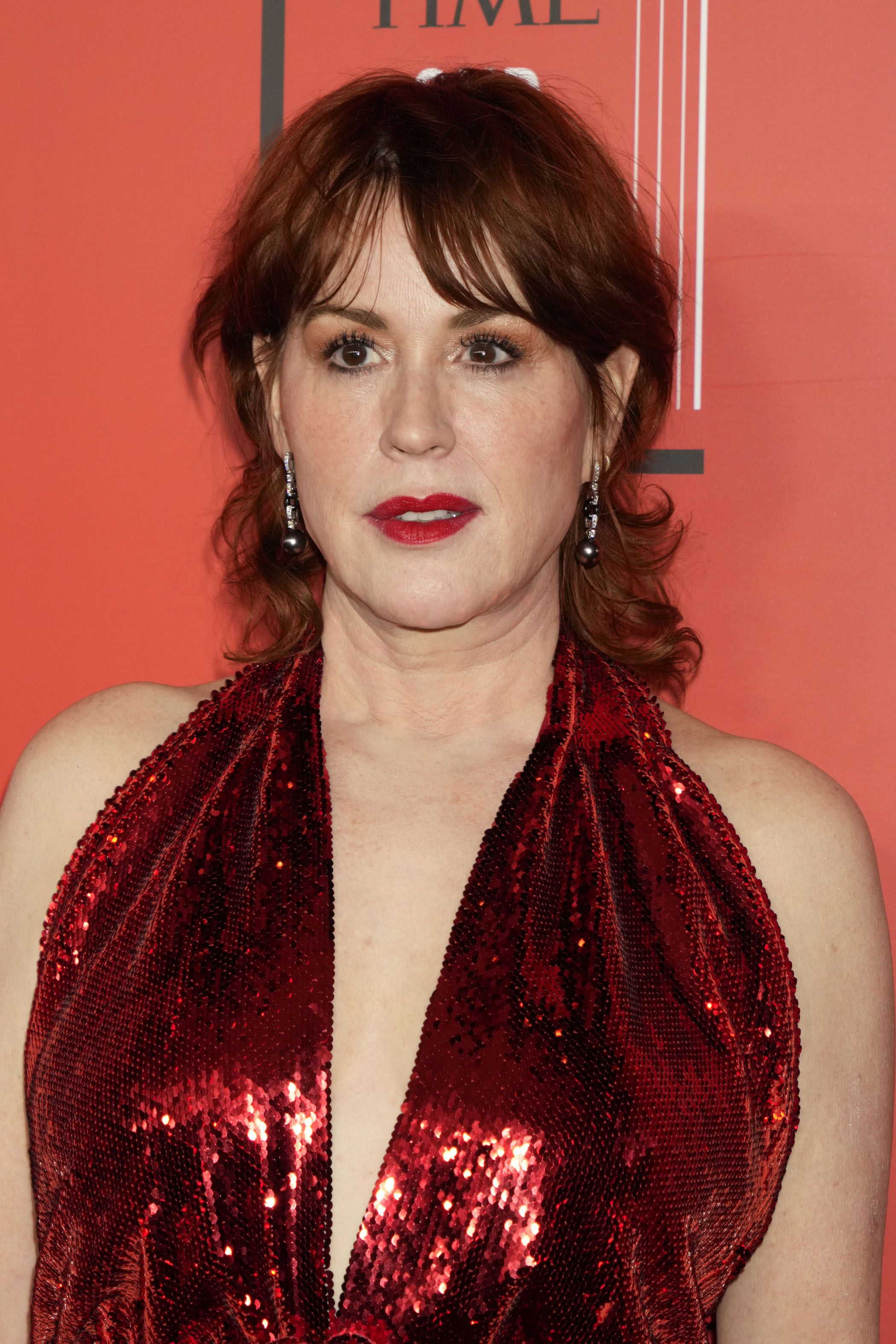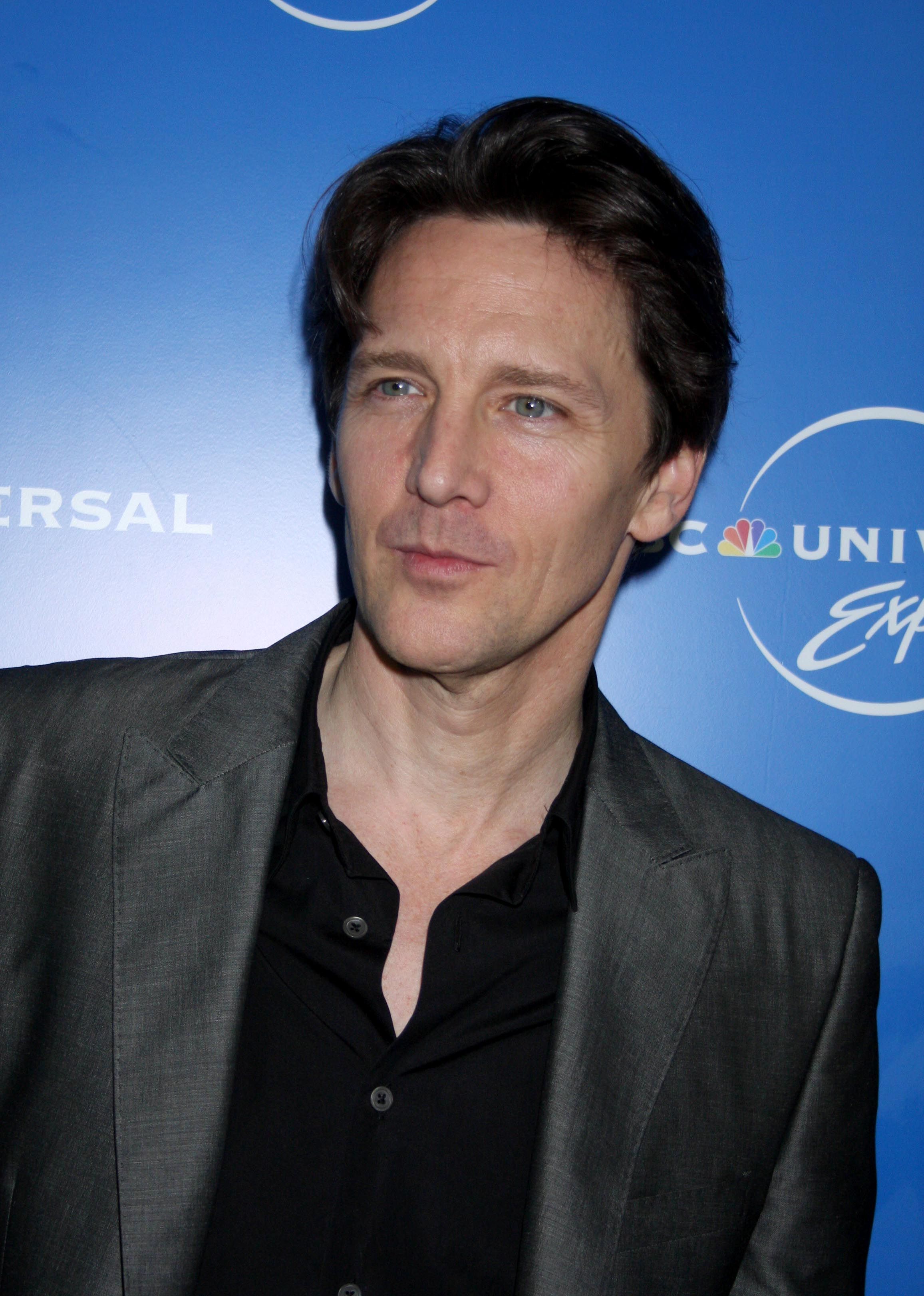Brats
Summary
In the newBratsdocumentary by Brat Pack member Andrew McCarthy , the chemical group ’s connection to the modulation cinema made in the eighties is explore in detail . The Brat Pack movies of the mid-1980sare as playfulness to watch as they are definitive of a passage pass in American pic civilization . Memorable come - of - ageflicks likeThe Breakfast Club,16 Candles , St. Elmo ’s Fire , andPretty in Pinkgave young people a reflection of their own life on the big screenthat was previously unavailable in Hollywood movie theatre .
David Blum’sNew York Magazinearticle coin the term"Brat Pack"positioned the actors as young and fairly undeserving of their success . However , despite their years , the Brat Pack actorswere skilled artists of their craftiness . Definitive Brat Pack actorsAndrew McCarthy , Judd Nelson , Emilio Estevez , Rob Lowe , Demi Moore , Molly Ringwald , and Ally Sheedy brought brisk qualities to Hollywood film cultureby creating a relatable perception of younker in the movies .
Most of the 1980s doer who contain the Brat Pack harmonise to be interviewed by fellow terror Andrew McCarthy for his Hulu documentary brat .

Hollywood Was Emerging From The Gritty New Hollywood Era Of The 70s
American Cinema Went Through Major Transitions In The Mid-Twentieth Century
TheBratsdocumentary soundtrack , complete with all the good synth - heavy beats of the 1980s , is a perfect admonisher of where the Brat Pack movies existed in time . In the ' 80s , Hollywood was emerge from the mettlesome New Hollywood Era . Also roll in the hay as the Hollywood Renaissance , the mid-1960s to the former 1980s was a sentence for Hollywood movie house where moving-picture show directors exercised more agency over their production . During this time , newfangled film director came to Hollywood and could be auteurs of their body of work , whereas before , major studios had special production .
Essential New Hollywood Era directors admit Francis Ford Coppola , George Lucas , Martin Scorses , and Steven Spielberg .
Before the Hollywood Renaissance , cinema was dominated by musicals and historic films . Released in the later 1960s , films like Arthur Penn’sBonnie and Clyde , Mike Nichol’sThe Graduate , and Dennis Hopper’sEasy Rider , defined and jumpstarted the New Hollywood Era , signaling the tides shifting off from Hollywood ’s old ways . Essential New Hollywood directorscreated more commandeering , individualized narratives . The chemise made elbow room for gritty , edgier filmmaking to drive the former limitations on personal expression by both characters and conductor . The conversion paved the path for the personal narratives of young people to take shape in the 1980s .
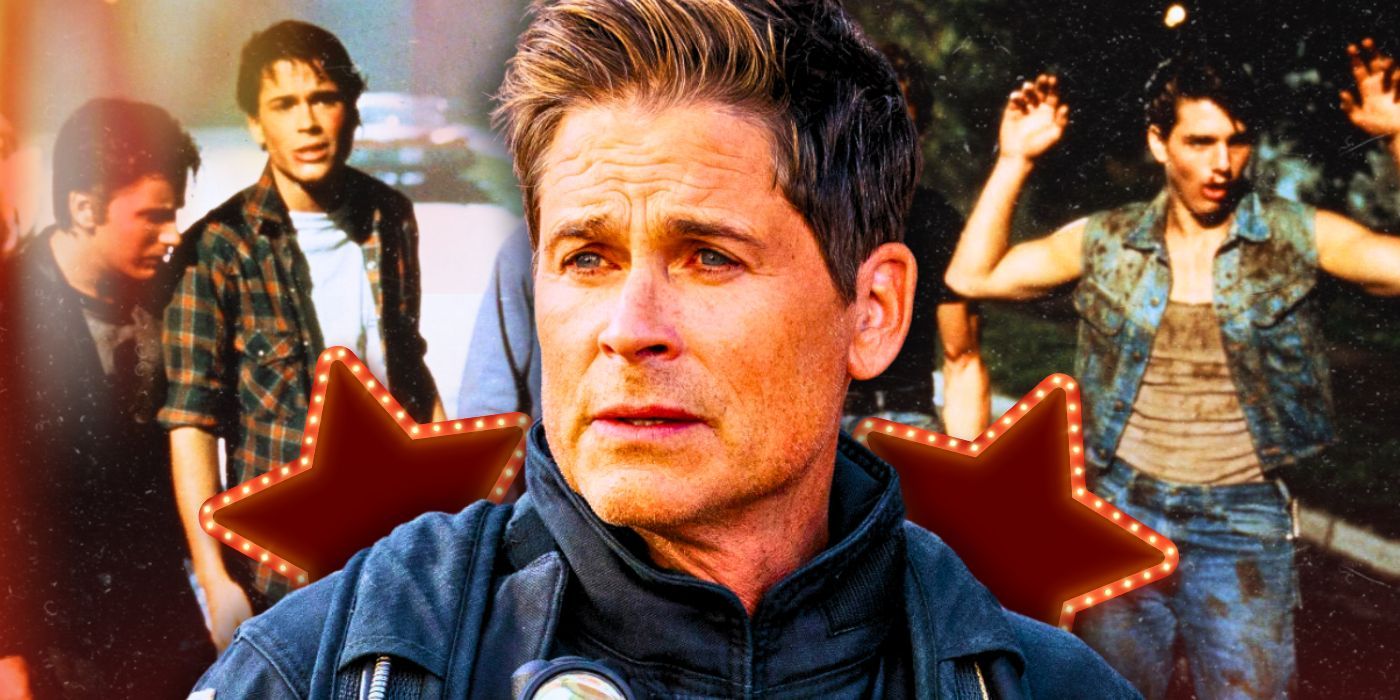
Custom image by Debanjana Chowdhury
Hollywood Realized That Movies About Young People Could Be Huge Moneymakers
The Brat Pack Formed At A Pivotal Time For Young People In And Out Of Hollywood
InBrats , McCarthy perfect in on the transitions happening in the 1980s that led to the lift of the Brat Pack . Susannah Gora , author ofYou Could n’t Ignore Me If You Tried , mouth about the purpose shopping mall played in the 80 ' young movement in herBratsinterview . adolescent go to malls to see movies with their friends , driving up the incentive for movie maker to win over unseasoned audiences . Bret Easton Ellis , author ofLess Than Zero , echoed the same opinion . He contribute that teenagers were willing and able-bodied to invest their clip purchasing tickets hr in advance , ensuring their seats .
Tim Hutton ’s role inOrdinary Peoplein 1980 pave the manner for youthful people to be represented more frankly in cinema . In 1981 , at just 20 twelvemonth old , Hutton pull ahead the Academy Award for Best Supporting Actor , signaling that audiences accepted Hutton ’s good portraiture of young adulthood . Even today , Hutton is the youngest actor ever to take home the award , confirm the significance of the transition for Hollywood .
Andrew McCarthy also interviewedMalcolm Gladwell inBratsto explain the societal shifts orbiting the Brat Pack . Gladwell explains that the group ’s byname stand for a generational transition happen in Hollywood . The Brat Pack label signified the transformation to a new geological era of Hollywood , as was accentuate by the pun on the Rat Pack . As Gladwell explain , the"Brat Pack"label would not have had such staying power were it not a metaphor for that larger ethnical shift . It was the moment when Hollywood began to focalize on the life of young the great unwashed , and the Brat Pack was at the helm of that .
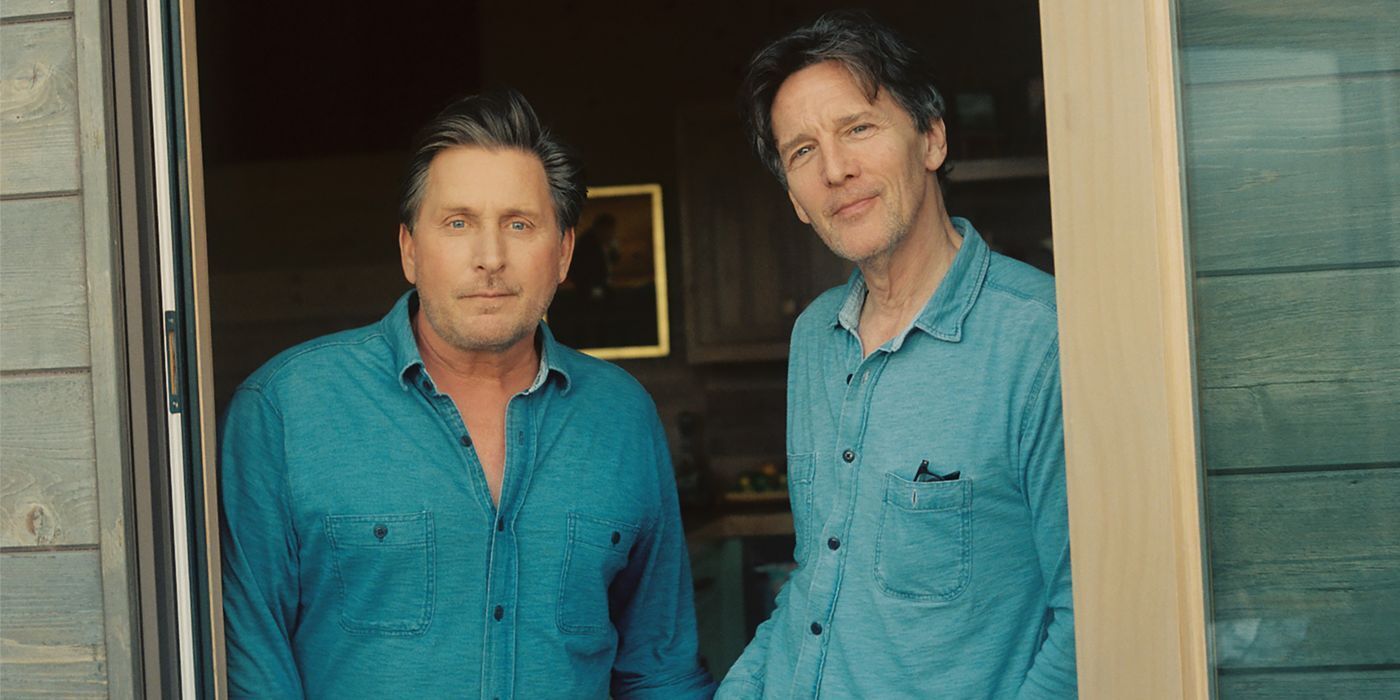
Brats offers an in-depth look at the lives of military children, capturing the complexities of growing up on the move. Through heartfelt interviews and vivid storytelling, the documentary highlights the resilience and adaptability required to navigate frequent relocations.
Before The Brat Pack, Hollywood Hadn’t Focused On Young Actors As The Main Drivers Of Movies
Before The Brat Pack, Hollywood Relied On Adults Or Young Kids To Drive The Narrative
Before the Brat Pack , Hollywood had n’t tapped into the potential of boast young adultsas the main drivers of moving-picture show . motion-picture show traditionally centered around adult or much untried mass . Gora described the cultural shift that the Brat Pack helm in footing of her experience , remembering that picture show were reserved for"grown - up things,“either serious or comedic . She explained how thequotable , quintessential Brat Pack movieThe Breakfast Clubchanged that for her , as it was the first movie she had seen touch with the events relevant to her life . In that way , she says , the Brat Pack movies were"the golden age of youth cinema . "
The Brat Pack moving-picture show gave the hamper between friend the same status in films as those central connections previously reserved for romantic love .
Gore explains that part of the draw of focusing on young citizenry in movies is thatthey created a optic model of the ally groups that immature mass desperately wanted to have . The Brat Pack movies gave the bond certificate between friend the same position in films as those fundamental connections previously reserved for romantic love life . Michael Oates Palmer , a screenwriter interview inBrats , echoed the idea that the Brat Pack motion picture succeeded not only because they concenter on youth culture but because they"took young people ’s lives seriously . "
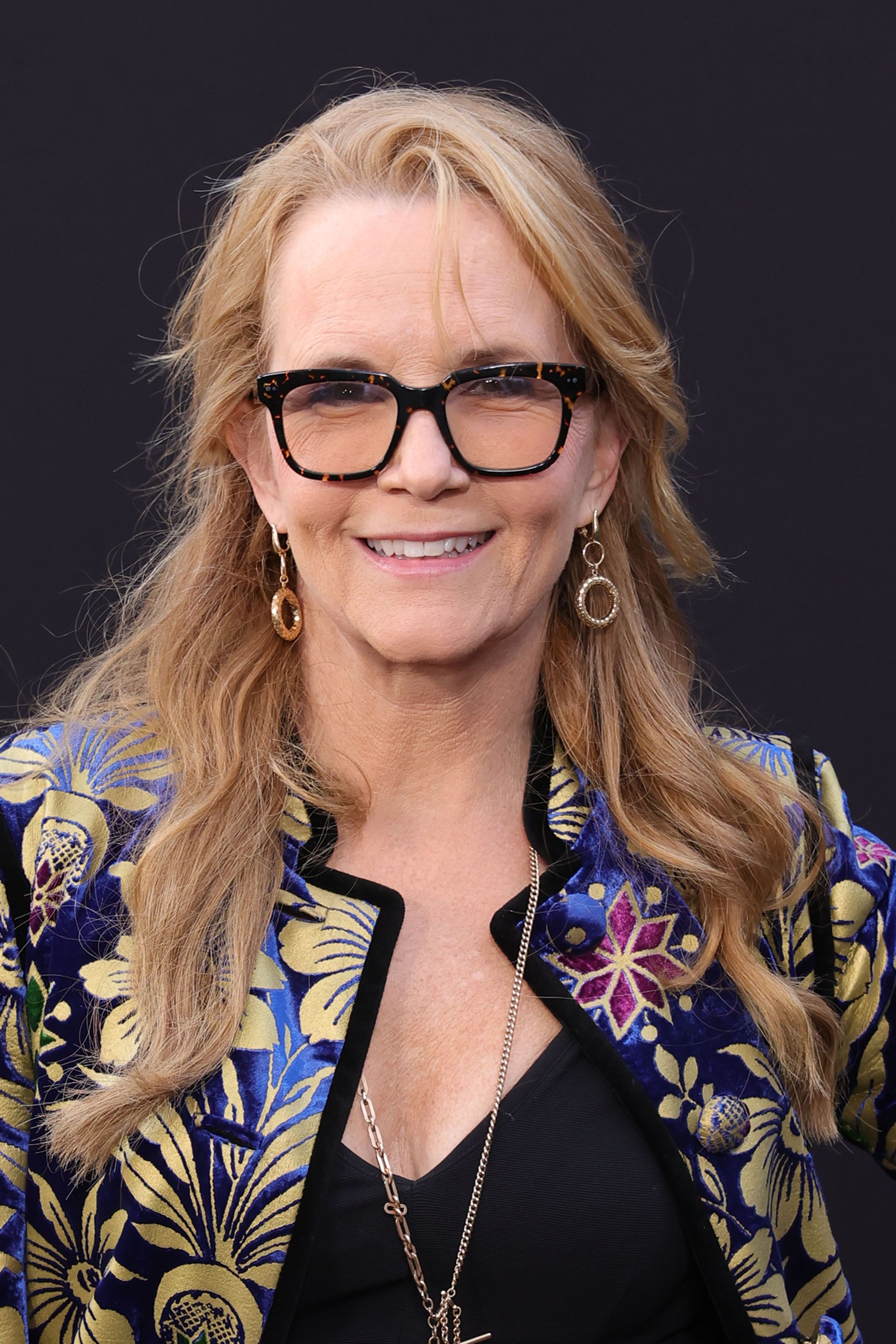
Legendary 1980s flick director John Hughes perhaps best described the meter in Hollywood . TheBratsdocumentary feature a clip of Hughes calling young mass at the clip " a very receptive hearing . " It echoes how author Bret Easton Ellie distinguish youth culture and movies , thatyoung masses are sponges that take in everything around them . Near the end of the moving picture , Rob Lowe adds in his audience that not only is youth acculturation where films landed in the 1980s , but it ’s where they have stayed since the culture made that passage .
Your Rating
Your comment has not been saved
Cast
bratwurst offers an in - depth look at the aliveness of military children , capturing the complexity of develop up on the move . Through earnest interview and vivid storytelling , the infotainment spotlight the resiliency and adaptability required to sail frequent relocations .
